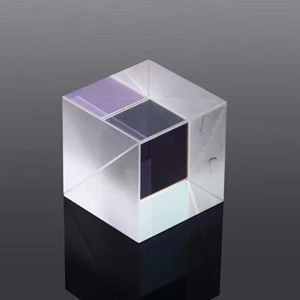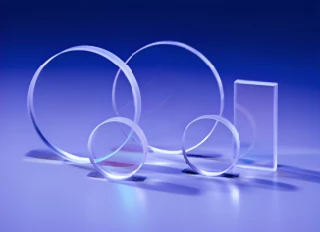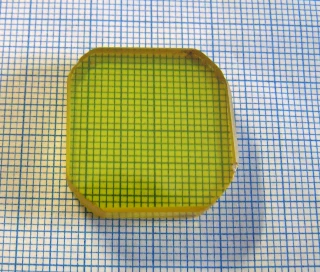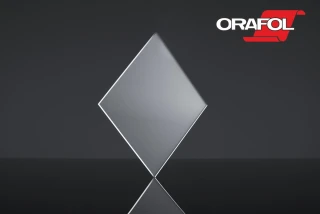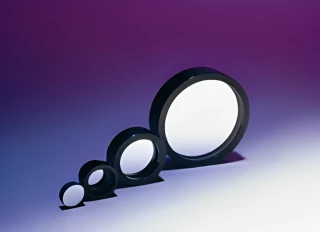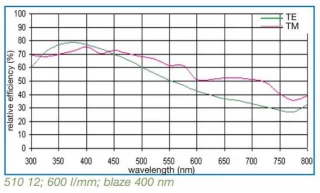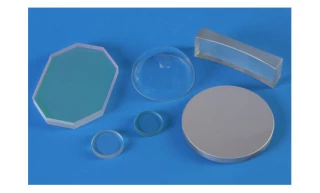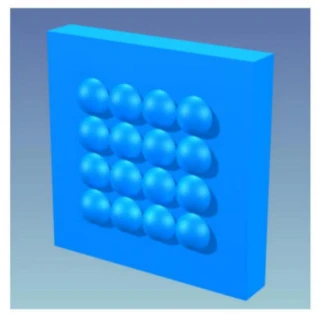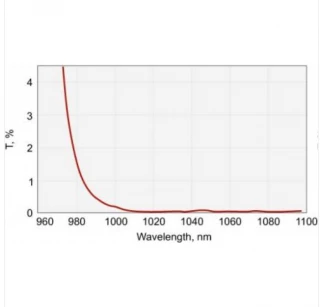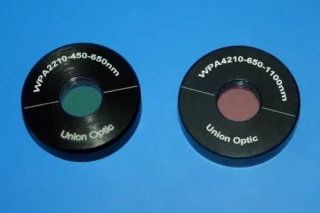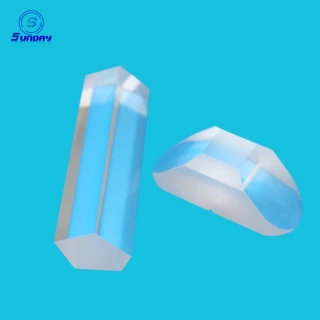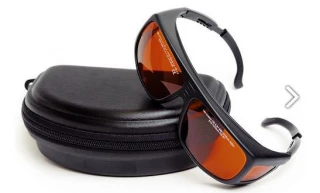Optics
Find the best optics equipment and accessories from 396+ suppliers worldwide at FindLight's Optics Solutions. Shop lenses, mirrors, filters, and more for research and industrial applications. Fast delivery and expert advice available.
Frequently Asked Questions
What is a Beam Splitter?
A beam splitter is an optical device that divides a beam of light into two or more beams by reflecting or transmitting a portion of the incident light. The split beams can have equal or unequal intensities, depending on the type of beam splitter used.
What are the main types of beam splitters?
The main types of beam splitters are: 1) Plate beam splitters: These types of beam splitters are made of a partially reflective coating on a flat glass plate. They are easy to use and can split a beam of light with a high degree of accuracy, but they can cause interference effects. 2) Cube beam splitters: These types of beam splitters use a cube-shaped prism with a partially reflective coating on one face. They are more compact than plate beam splitters and can split a beam of light into two orthogonal beams with equal intensity. 3) Polarizing beam splitters: These types of beam splitters split a beam of light based on its polarization state. They are often used in applications such as polarimetry and laser scanning microscopy. 4) Dichroic beam splitters: These types of beam splitters split a beam of light based on its wavelength. They are commonly used in fluorescence microscopy and in optical filters. 5) Fiber optic beam splitters: These types of beam splitters split a beam of light using a fiber optic cable. They are commonly used in telecommunications and optical networks.
What are the main types of optical coatings?
The main types of optical coatings are: 1) Anti-reflective coatings: These coatings are designed to reduce the reflection of light from the surface of an optical element. They are commonly used in eyeglasses, camera lenses, and other optical systems. 2) High-reflective coatings: These coatings are designed to maximize the reflectivity of an optical surface. They are commonly used in laser cavities and mirrors. 3) Polarizing coatings: These coatings are designed to selectively transmit or reflect light of a specific polarization state. They are commonly used in polarizers and waveplates. 4) Filter coatings: These coatings are designed to selectively transmit or reflect light of a specific wavelength or range of wavelengths. They are commonly used in optical filters, such as bandpass filters and longpass filters.5) Beam splitter coatings: These coatings are designed to split a beam of light into two or more beams of specific intensity ratios. They are commonly used in interferometers and other optical systems. 6) Phase shift coatings: These coatings are designed to introduce a specific phase shift to a beam of light. They are commonly used in interferometry and holography.
What are the main uses of nonlinear optical crystals?
Nonlinear optical crystals are used in a variety of applications, including: Frequency conversion, where nonlinear optical crystals are commonly used to convert the frequency of laser light. By interacting with the crystal, the frequency of the input light can be doubled, tripled, or even quadrupled. They are also used in optical parametric amplification, to amplify optical signals through a process known as optical parametric amplification. This technique is used in applications such as ultrafast lasers and optical communications. Second harmonic generation microscopy is another important application, where nonlinear crystals are used in a technique that allows for label-free imaging of biological tissues and materials. SHG microscopy is widely used in neuroscience and material science research. Next, Quantum optics is a relatively recent field where nonlinear optical crystals are used in experiments in such experiments as the generation of entangled photon pairs and the manipulation of quantum states of light. Finally, nonlinear optical crystals are also used in optical communication systems to compensate for the distortion of the optical signal due to the dispersion of the fiber.
What is an optical diffuser?
An optical diffuser is a device that scatters light in a specific and controlled manner, producing a more uniform and softer illumination. It works by changing the direction of light rays that pass through it, scattering the light in many different directions. Optical diffusers can be made from a variety of materials, including glass, plastic, and holographic diffuser films. They are commonly used in photography, film, and video production to soften and spread the light from a source, reducing harsh shadows and providing more even lighting. In addition to lighting applications, optical diffusers are also used in various optical systems, such as displays, imaging systems, and laser applications, where they can help to produce a more uniform and controlled output.
What is an optical etalon?
An optical etalon is a device made of two parallel and highly reflective surfaces separated by a precise distance. When light is incident on the etalon, some of it is reflected by the first surface and some of it penetrates into the gap between the surfaces. If the thickness of the gap is equal to an integer number of wavelengths of the light, the waves that penetrate into the gap constructively interfere with each other, and the transmitted light is amplified, creating a transmission peak. The transmission peaks of an etalon are spaced equally apart in wavelength, and the width of the peaks is determined by the finesse of the etalon, which depends on the reflectivity of the surfaces and the spacing between them. Optical etalons are commonly used as spectral filters in optical systems, such as spectrometers and interferometers, to select and isolate specific wavelengths of light. They are also used in laser cavities to select and enhance a single longitudinal mode.
What optical components fall under Polarization Optics category?
Polarization optics is a branch of optics that deals with the manipulation of the polarization state of light. Some of the optical components that fall under polarization optics category include: 1) Polarizers: These are optical components that can selectively transmit or absorb light based on its polarization state. They are commonly used to control the intensity and polarization of light in optical systems. 2) Waveplates: These are birefringent optical components that can convert linearly polarized light into elliptically or circularly polarized light. They are often used to control the polarization state of light in applications such as polarimetry, microscopy, and telecommunications. 3) Polarization rotators: These are optical components that can rotate the polarization of light as it passes through them. They are often used to align the polarization of light in optical systems, or to convert linearly polarized light into circularly polarized light. 4) Retarders: These are optical components that can delay one polarization state of light relative to another. They are often used in polarimetry, microscopy, and telecommunications, and 5) Polarization beam splitters: These are optical components that can separate incident light into two orthogonal polarization states. They are commonly used in applications such as interferometry, microscopy, and telecommunications.
Discover a vast selection of high-quality optics equipment and accessories from 400+ top suppliers worldwide at FindLight's Optics category. Shop for essential optical components such as lenses, mirrors, filters, prisms, and coatings, as well as specialized items like diffractive optics, etalons, and laser windows. Whether you're conducting research or need optics for industrial applications, we have everything you need to enhance your optical systems. The teams of experts from our suppliers stand ready to help you choose the right products for your project. Browse our selection today and experience the FindLight difference.
